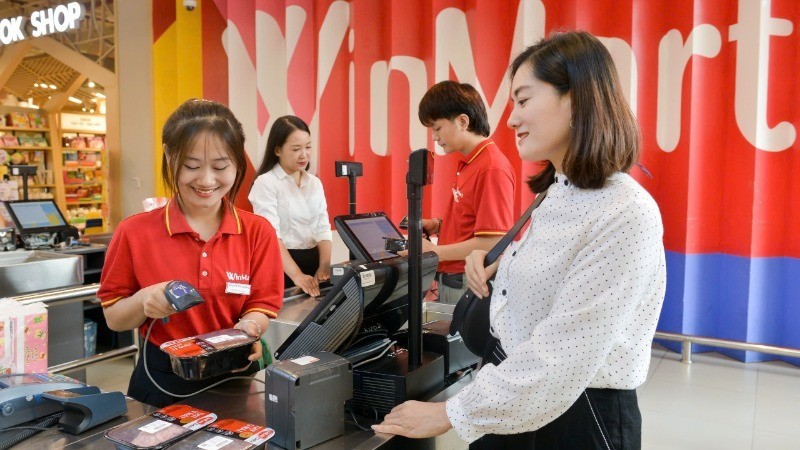
One of the common violations is that small businesses and manufacturing facilities illegally use other businesses' validly issued codes and barcodes. This makes it impossible for consumers to distinguish between real and fake with the naked eye or by simply scanning the code.
Another loophole is that products have codes and barcodes attached but are not declared on the National Code and Barcode Database System (VNPC). When consumers and authorities scan the code, they cannot retrieve the information. This situation is due to the fact that many businesses, after being granted codes and barcodes, have not fulfilled their obligation to declare product information according to regulations or have deliberately avoided it to avoid being traced.
The market is also seeing more and more products with barcodes that have never been issued by the competent management organization in Vietnam (GS1 Vietnam) and do not exist in any official data system. These are common in online products, hand-carried goods of unknown origin or unlicensed products. More worryingly, some businesses intentionally create codes that resemble the real code structure, deceiving consumers and the distribution system. Meanwhile, supermarkets and small retail stores often only check codes using internal software, without comparing data on VNPC, creating conditions for fake codes to "slip through the net".
A more sophisticated form is when domestic enterprises use foreign codes and barcodes, but do not have any authorization or authentication documents from foreign owners. Recently, many items such as foreign milk, cosmetics, and high-end functional foods have been continuously discovered. A typical case is the case of more than 600 types of counterfeit milk with American and Australian barcode labels distributed by a network of nine companies with popular fake milk lines such as: Cilonmum, Talacmum, Colos 24h Premium, Bold Milk, Sure IQ Sure Gold,...
Many experts in the field of codes and barcodes warn that the current abolition of foreign code authentication procedures in Decree No. 13/2022/ND-CP is paving the way for barcodes of unknown origin to infiltrate the market.
If not authenticated and controlled, foreign barcodes can become fake “passports” that help smuggled and counterfeit goods enter the market. In fact, many famous imported milk brands have been counterfeited many times in Vietnam and it is very difficult to handle without a basis to verify the original code. Therefore, in addition to authenticating foreign codes and barcodes, it is necessary to issue detailed instructions on the conditions for using foreign codes and barcodes in domestic commercial circulation.
After being granted codes and barcodes, businesses need to fully declare product information on VNPC. At the same time, distribution units such as supermarkets and convenience stores also need to connect sales software to this system to check information and prevent products of unknown origin.
In parallel with traditional barcodes, it is necessary to promote the application of advanced authentication solutions such as electronic traceability, smart anti-counterfeit stamps, multi-layer security integration and instant verification via smartphones, in which each product needs to have a unique, non-copyable identification code and be linked to a central authentication data system, helping both consumers and distributors quickly check the origin.
Along with that, each consumer needs to be an important “block”, equipped with the skills to check product codes, knowing how to use official traceability applications instead of relying only on general code scanning applications that are not connected to the original database. State management agencies need to regularly inspect the market, combine data from VNPC to detect violations of codes and barcodes, and at the same time, clearly communicate to people about code and barcode standards and how to recognize violations.
Source: https://baolaocai.vn/dong-bo-trong-quan-ly-nguon-goc-san-pham-post404035.html




![[Photo] National Assembly Chairman Tran Thanh Man meets with First Secretary and President of Cuba Miguel Diaz-Canel Bermudez](https://vphoto.vietnam.vn/thumb/1200x675/vietnam/resource/IMAGE/2025/9/2/c6a0120a426e415b897096f1112fac5a)
![[Photo] Special art program "Da Nang - Connecting the future"](https://vphoto.vietnam.vn/thumb/1200x675/vietnam/resource/IMAGE/2025/9/2/efdd7e7142fd45fabc2b751d238f2f08)

![[Photo] Lao President Thongloun Sisoulith and President of the Cambodian People's Party and President of the Cambodian Senate Hun Sen visit the 95th Anniversary Exhibition of the Party Flag Lighting the Way](https://vphoto.vietnam.vn/thumb/1200x675/vietnam/resource/IMAGE/2025/9/2/3c1a640aa3c3495db1654d937d1471c8)
![[Photo] Ho Chi Minh City residents show their affection to celebrate the 80th anniversary of the August Revolution and National Day September 2](https://vphoto.vietnam.vn/thumb/1200x675/vietnam/resource/IMAGE/2025/9/3/55d860cbb63a40808e1e74ad9289b132)





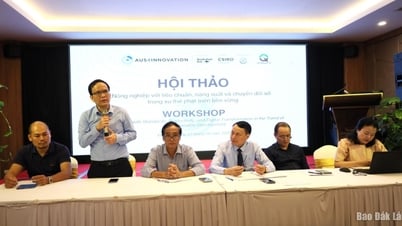



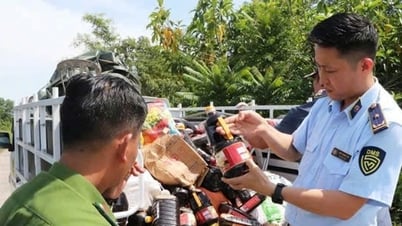

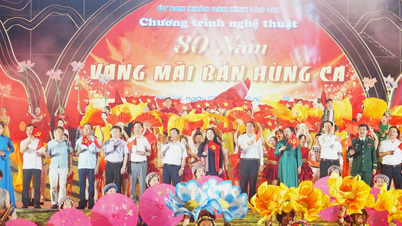


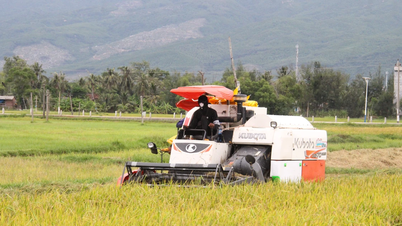

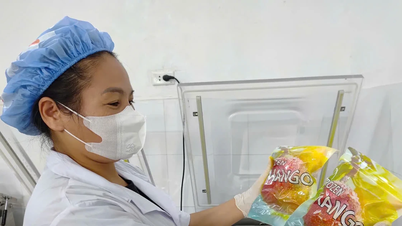

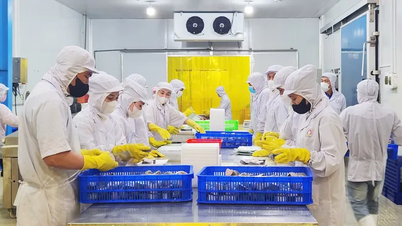


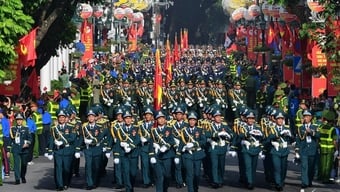


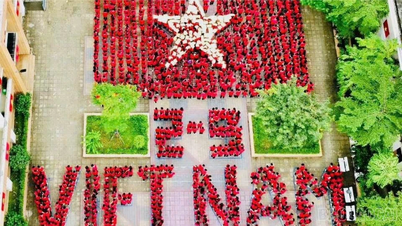
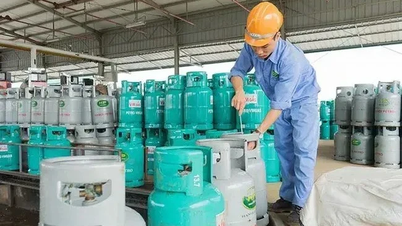
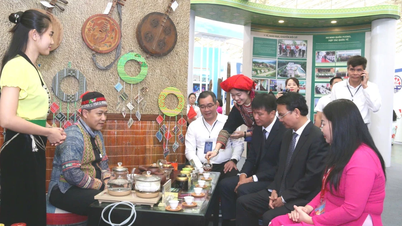
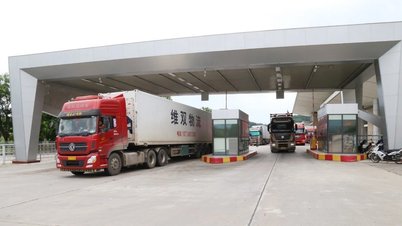
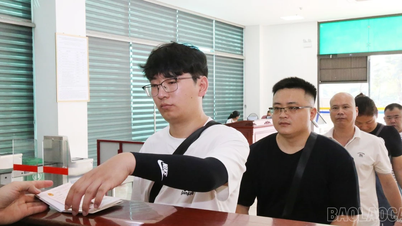





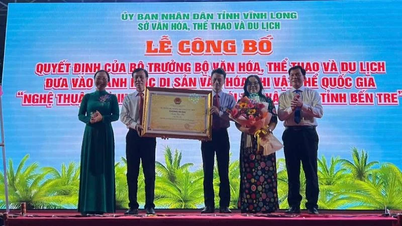





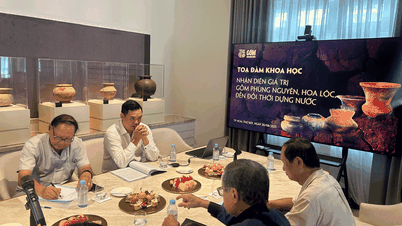

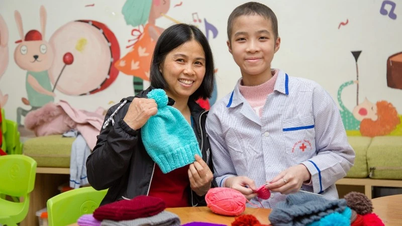












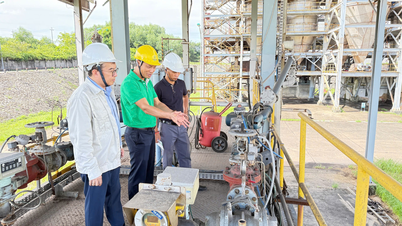
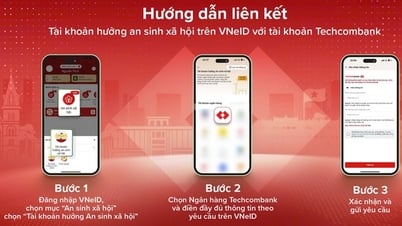



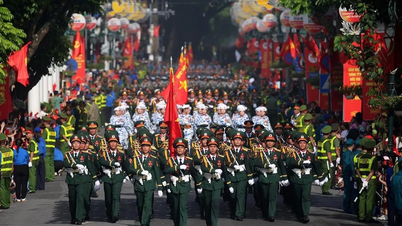











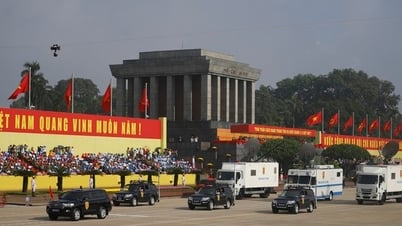













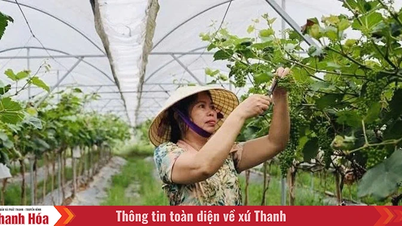

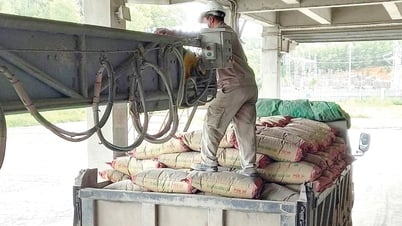



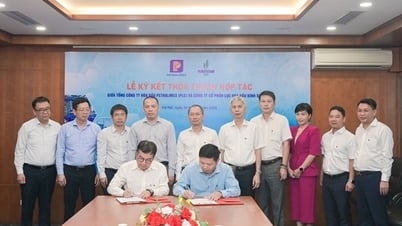

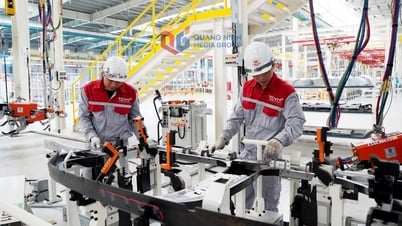





Comment (0)